
Natural History Museum and Institute Chiba
Discover Chiba's natural wonders and human history, from ancient ecosystems to local culture, with engaging exhibits and a beautiful native plant park...
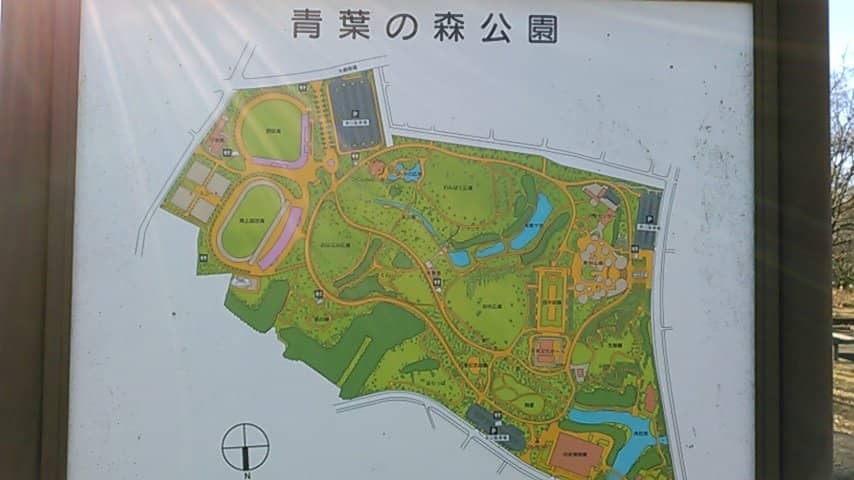
Highlights
Must-see attractions
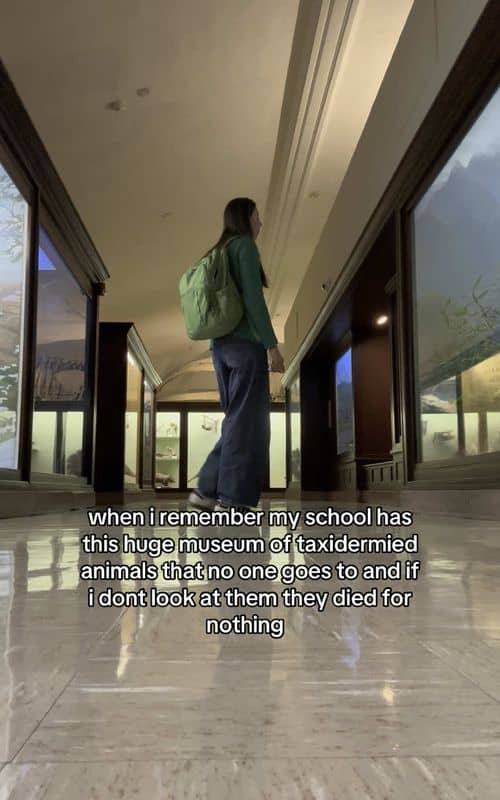
Social
From TikTok & Reddit
Best Time
Fewer crowds, more relaxed viewing

Natural History Museum and Institute Chiba
Best Time
Fewer crowds, more relaxed viewing

Highlights
Must-see attractions
Discover Chiba's natural wonders and human history, from ancient ecosystems to local culture, with engaging exhibits and a beautiful native plant park.
"A better-than-expected place offering a deep understanding of Chiba's nature, ecology, history, and culture."
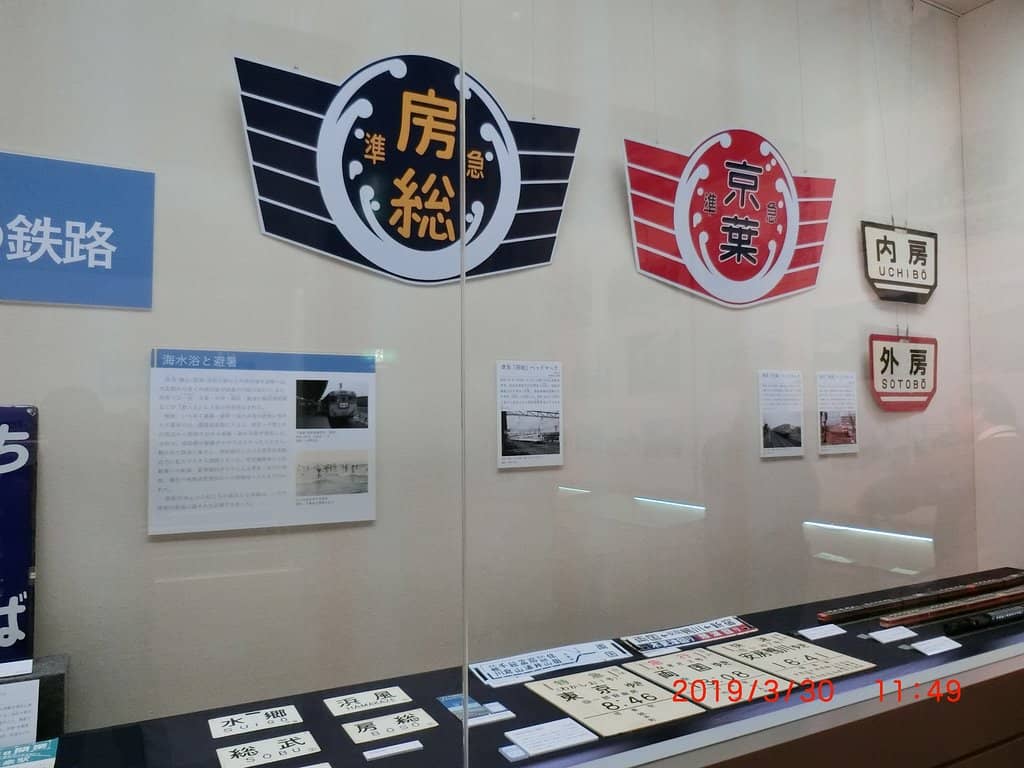
Use Google Translate
Many exhibits are in Japanese. Use your phone's camera translator for a better experience.
Allow ample time
This museum is large and engaging; plan for at least half a day.
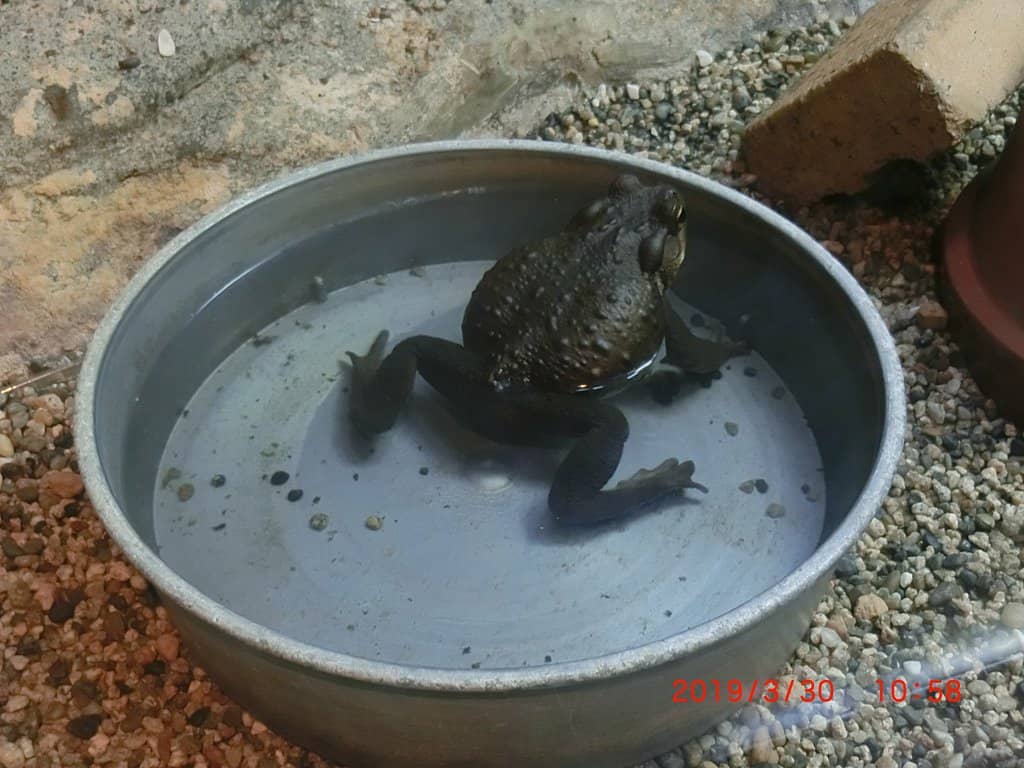
Highlights
Discover the most iconic attractions and experiences
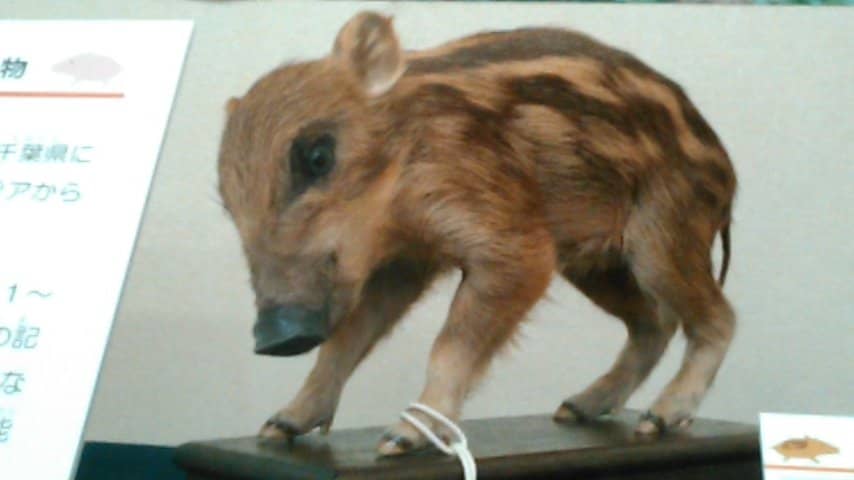
Chiba's Natural Wonders
Natural History Section
Explore the diverse flora, fauna, and geological history unique to the Boso Peninsula.
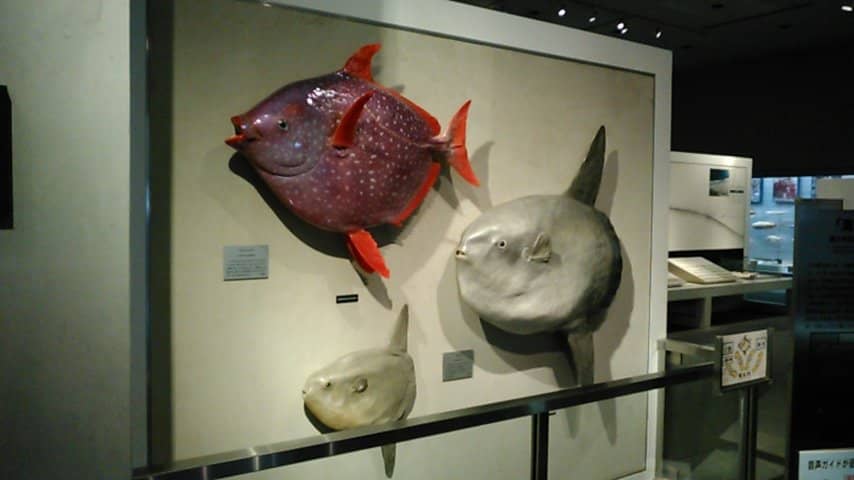
Human History of Boso
Human History Section
Discover the fascinating cultural and historical evolution of the region's inhabitants.
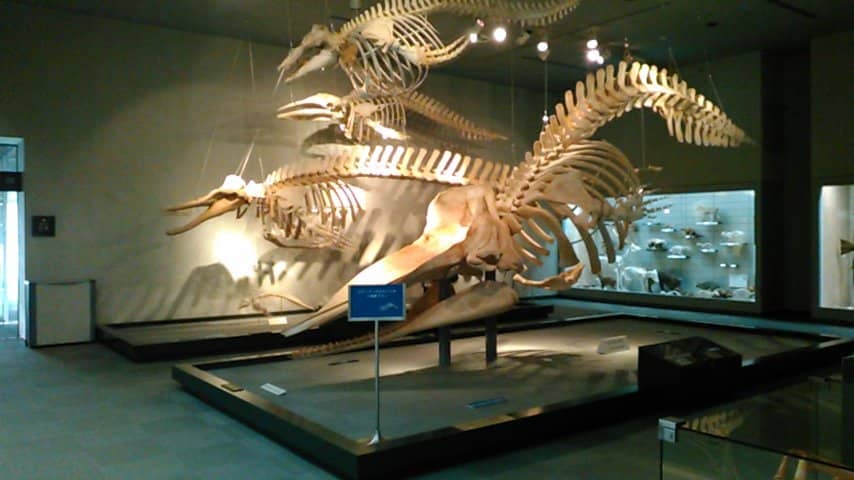
Vivarium Encounters
Vivarium
Get up close with local reptiles and amphibians, and chat with a naturalist.
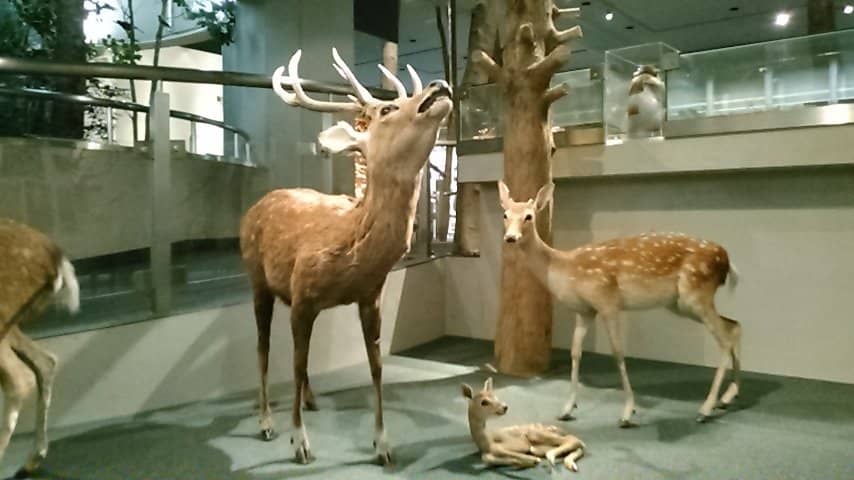
Native Plant Park
Outdoor Park
Wander through a serene park showcasing the native plant life of Chiba.
Plans like a pro.
Thinks like you
Planning Your Visit
Embrace the Local Focus
Plan for a Full Day
Best Times
Insider Tips
from TikTok, Instagram & Reddit
Use Google Translate
Many exhibits are in Japanese. Use your phone's camera translator for a better experience.
Allow ample time
This museum is large and engaging; plan for at least half a day.
Check Vivarium schedule
See feeding times for the snekkies and ask the naturalist questions!
Explore the park
Don't miss the beautiful native plant park surrounding the museum.
Tips
from all over the internet
Use Google Translate
Many exhibits are in Japanese. Use your phone's camera translator for a better experience.
Allow ample time
This museum is large and engaging; plan for at least half a day.
Check Vivarium schedule
See feeding times for the snekkies and ask the naturalist questions!
Explore the park
Don't miss the beautiful native plant park surrounding the museum.
What Travellers Say
Reviews Summary
Visitors praise the Natural History Museum and Institute Chiba for its comprehensive exploration of the Boso Peninsula's natural and human history, with many finding it surprisingly engaging and well-curated. The vivarium and native plant park are often cited as enjoyable features, making it a great outing for families. However, the language barrier in some exhibits can be a challenge for non-Japanese speakers.
"This place is HUGE and amazing! The history section is so wonderful! There's also a little vivarium with a naturalist who answers questions and feeds the snekkies."
Mj
"I came by chance and it was a better-than-expected place. It is a museum that provides a deep understanding of the nature, ecology, history, and culture of Chiba Prefecture. Especially, the display of match cases was impressive.
It's close to Narita Airport, so you can stop by on the morning of your departure. It is a place where you can learn more about Chiba Prefecture, which is located in Tokyo Bay. It has various themes, so it's interesting to visit with children."
ena elvina
"I like all the old and aged things that have been kept in extremely good condition."
Mill Kueh
What People Like
What People Dislike
Frequently Asked Questions
🚇 🗺️ Getting There
The museum is conveniently located near Narita Airport, making it a great stopover. It's accessible by public transport, though specific routes may vary. Consider checking local transit schedules for the most up-to-date information.
Yes, it's accessible from Tokyo, especially if you're looking for a day trip or a stop before heading to or from Narita Airport.
Information on parking availability and fees can usually be found on the museum's official website or by contacting them directly.
🎫 🎫 Tickets & Entry
The museum is typically open from Tuesday to Sunday, from 9 am to 6 pm, but it's always best to check their official website for the most current hours, especially around holidays.
While not always mandatory, booking tickets in advance can save time, especially during peak seasons or weekends. Check the museum's website for online booking options.
Admission fees can vary. For the Natural History Museum and Institute Chiba, it's advisable to check their official website for the latest pricing for adults and children.
The museum often hosts special exhibitions and events. Keep an eye on their official announcements or social media for updates on what's happening during your visit.
Yes, some special exhibitions, like the David Attenborough exhibition mentioned in relation to the London Natural History Museum, may require a separate ticket. Always verify this for the Chiba museum.
🎫 🧭 Onsite Experience
Visitors rave about the deep understanding of Chiba's nature, ecology, history, and culture. The display of match cases was particularly impressive, alongside the natural history and human history sections.
Absolutely! It's designed to be engaging for young visitors, with plenty for adults too. The vivarium with its 'snekkies' and the surrounding park make it a fun family outing.
Generally, photography for personal use is allowed, but flash photography might be restricted in certain areas to protect the exhibits. Check for specific signage.
The vivarium houses local reptiles and amphibians, and a naturalist is often present to answer questions and conduct feedings, which can be quite entertaining.
No, many visitors find it well-curated, offering just the right amount of interesting exhibits without being overwhelming.
🍽️ 🍽️ Food & Dining
Information on on-site dining facilities can vary. It's best to check the museum's official website or contact them directly to inquire about cafes or restaurants.
Picnic areas might be available, especially in the surrounding park. However, consuming food inside the exhibition halls is usually not permitted.
📸 📸 Photography
The diverse exhibits, from ancient fossils to native plants, offer numerous photo opportunities. The vivarium and the well-maintained park are also great spots for pictures.
While general photography is usually permitted, flash photography is often prohibited to preserve the exhibits. Always look for signs indicating specific restrictions.
For Different Travelers
Tailored advice for your travel style
👨👩👧 Families with Kids
To make the most of the visit, consider using a translation app for exhibits that are primarily in Japanese, as this can enhance the learning experience for everyone. Planning for at least half a day will allow ample time to explore both the museum and the park without feeling rushed.
✈️ Travelers Near Narita Airport
Even with a limited time, you can focus on key exhibits or enjoy a stroll through the native plant park. Remember to check the museum's operating hours and transportation options from Narita to ensure a smooth visit.
Deep Dives
In-depth insights and expert knowledge
Exploring Chiba's Unique Ecosystems
Beyond the static displays, the museum features a vivarium that brings local wildlife to life. This section is a hit with visitors, offering close encounters with reptiles and amphibians. A resident naturalist is often on hand to provide insights and conduct feeding demonstrations, adding an interactive and educational element to the visit.
The museum also extends its educational mission outdoors with a native plant park. This serene space allows visitors to experience firsthand the plant life indigenous to Chiba Prefecture, complementing the indoor exhibits and providing a peaceful retreat.
A Journey Through Chiba's Human History
This part of the museum is designed to be accessible and engaging, even for those with limited Japanese language proficiency. By utilizing tools like Google Translate's camera function, visitors can overcome language barriers and gain a deeper appreciation for the historical context of Chiba.
The museum's approach to presenting human history is not just about dates and artifacts; it's about understanding the interconnectedness of people with their environment and how history has shaped the present-day Chiba. This makes it an enriching experience for all ages.


Social
from TikTok, Instagram & Reddit